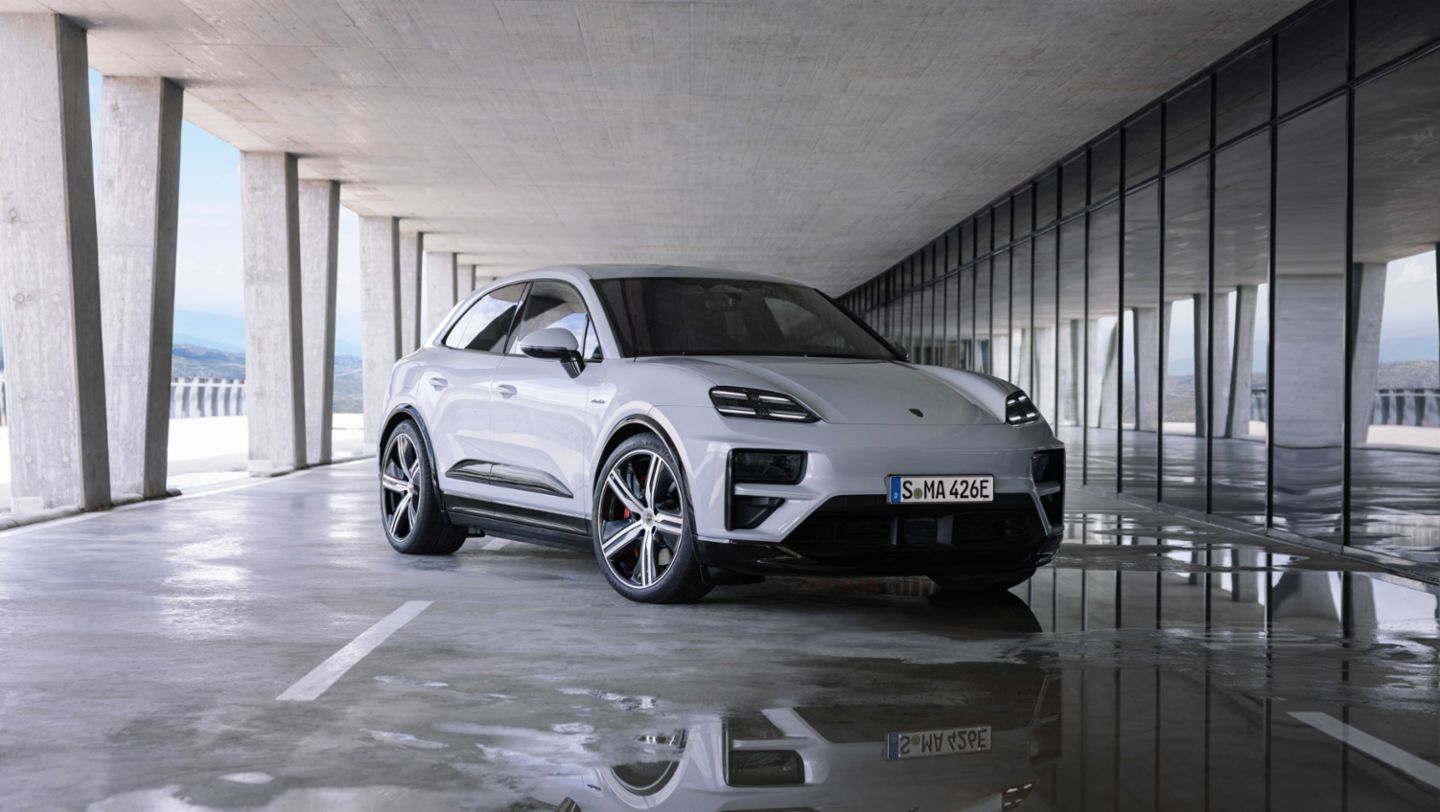The Macan EV is the latest step in the evolution of Porsche’s lineup, being the first vehicle of the brand to be released that is totally transitioning from petrol to battery power. This transition is not just about electrification, however, as it also marks the first time that technology from Porsche’s Formula E program has been evolved and integrated back into a road car. By leveraging the higher investment in rapid technology development from Porsche’s legendary motorsports division, they aim to enhance the Macan EV’s overall performance, handling, and efficiency/range using the latest and greatest tested out on the racetrack.
From ICE To Electric Using Formula E Tech
Since its debut, the Macan has been a gigantic success in the CUV market. With the introduction of the Macan EV, Porsche decided to completely skip the hybrid stage, directly transitioning from combustion engines to full electrification. This shift might be shocking to some, however it is in line with their adherence to the unofficial “Green Promise” of making at least 80% of their model lineup EV by 2030, in line with what the VW Group and Audi have also committed to. As well, the Cayenne, Porsche’s overall best seller, is where the hybrid stage will be introduced before the SUV transitions to full EV as well by 2030.
No Subscription? You’re missing out
Get immediate ad-free access to all our premium content.
Get Started



